19 Beautiful Types of Palm Trees to Elevate Your Garden’s Aesthetics
Palm trees are well known for the aesthetic value they can bring into any garden landscape. If you want to bring them into your outdoor setup, it would be smart to know which variety of palms you like as there are so many. Here are some of the common and not-so-common types of palm trees out there and their basic characteristics.
Pygmy Date Palm
This tree is also known as Phoenix Roebelenii. It is known as one of the finest of the dwarf palmetto species. It is slow-growing and it can reach up to 6 to 12 feet in height with a slight upright curve.
Its 3-foot long fronds are gracefully arched down when fully grown. It is known to have flower clusters hidden among the fronds growing all year round.
During certain times of the year, these clusters turn into jet back dates that turn a deep shade of red when they ripen. Pygmy date palms are popular to have in oversized planters and are especially attractive when planted poolside.
Pindo Palm
This tree also comes in the name of Butia Palm or Butia Capitata. This tree’s trunk is considerably shorter and stouter compared to the typical palmetto. Its fronds can grow out to enormous sizes of up to 10 feet in length and it’s known to curl down gracefully into the ground.
This is a notable palmetto as it is quite known for its edible fruits. It is classified as a type of date that can be turned into preserves and jams, suitable for human consumption.
Triangle Palm
This is an exceptionally handsome type of palmetto species that’s also called Neodypsis Decaryi. This palm’s common name is derived from the three-point triangular shape formed where the fronds emerge.
The “crown” typically has three ranks with colors ranging from blue-green to gray-green. Another unique feature of this type of trr is that instead of gracefully stooping low, the fronds are held up almost completely vertically and can grow out to as high as 10 feet.
This palmetto species is extremely resistant to drought and can thrive in hot and windy conditions. It can even sustain its foliage in slight frost during the cold months. Although it has been almost endangered in Madagascar, because it has been so widely cultivated worldwide, it runs no risk of extinction.
Mediterranean Dwarf Palm
This species is also known for its scientific name Chamaerops Humilis. This is the only palmetto species that’s native to Europe, despite its name.
This is why this is also at times referred to as the European Palm Tree. It’s characterized by its short but fibrous bark that’s been scaled down like a pine cone from the top all the way down to the bottom.
It has triangular leaves that are fan-shaped. It has a somewhat weird appeal to it because it isn’t typically like the other species out there.
They’re great as standalone plants or when planted in groups, providing a somewhat hedge screen for the area that it’s planted on. Its leaf colors can range from yellow-green, to blue-green, to gray-green.
It thrives in really hot climates but if you don’t happen to be fortunate enough to live in a location that’s sunny all year round, you can opt to plant this plant indoors.
Mazari Palm
The Mazari Palm is also known as Nannorrhops Ritchiana. It’s a species that’s native to Asia specifically from the Arabian Peninsula spanning the countries of Afghanistan, India, Iran, and Pakistan.
It’s a clustering plant and rarely grows as a standalone but it can survive alone. Its trunk can grow up to 6 meters tall. It’s distinct for leaves that grow out shaped like fans, with 20 to 30 leaflets sticking together at a time. They come in shades of deep green and at times even silvery for the leaves.
The leaves aren’t spiny but they do generally stay stiff and they get to maintain their stiff triangle shape. This is one of the hardiest and toughest palmetto trees out there.
Although it doesn’t have a traditional trunk, it can still bring in a good amount of aesthetic value to any landscape. Its fruits are edible and can grow out to about a half-inch in diameter, going from brown to orange in color.
Dwarf Majesty Palm
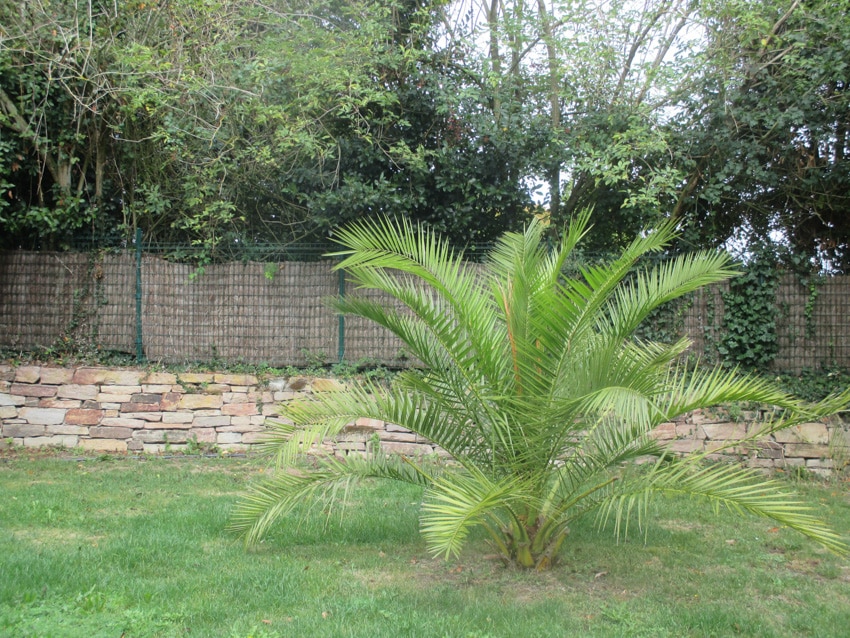
They originated from island locales in Madagascar and Africa. Because they were originally bred in the deep shade of the rainforests, these palms require an ample amount of humidity and moisture in order for them to thrive.
Their fronts grow out to 2 to 3 feet, at most. They also get flowers that grow out into fruits that turn into a nice orange color when ripe. It would be best to make sure that they get equal amounts of sun and shade in order to maximize growth.
Christmas Palm
The Christmas Palm is also known for its scientific name Adonidia Merrilli. It’s one of the few palm species out there that can grow out within a very limited site or space.
It got its common name from the bright red clusters of fruits that adorn them especially during the late fall and winter seasons. They have the appearance of being decorated during the Christmas holidays and they can oftentimes look quite festive.
They are also sometimes referred to as Manila palms as they are native to the Philippines. They’re a fast-growing species and can grow up to 6 feet tall then after that continue to grow on but only more slowly.
They can go up to as high as 25 feet when fully grown and their fronts can spread out to 6 to 8 feet. Clumping is usually recommended as a way to maximize this species’ visual interest.
Bottle Palm
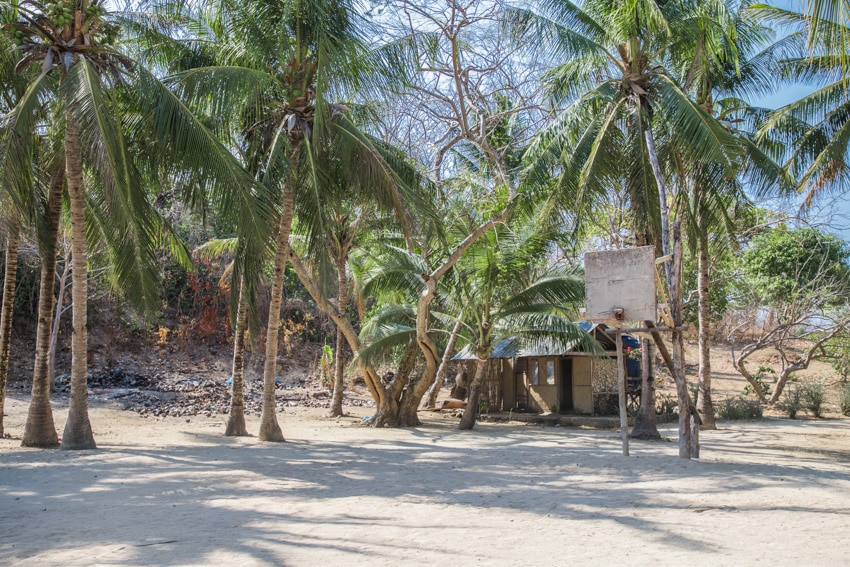
This is a species that thrives in heat. It grows slowly but it can grow up to as tall as 20 feet. This is a type of frond-producing tree that you can continue to grow in a planter and it will still thrive for as long as it’s placed in a sunny spot outdoors.
Sago Palm
The Sago tree is known for its scientific name Cycas Revoluta. Technically speaking, this plant isn’t a palm tree at all.
This is a low-growing plant that has long fronts that stoop all the way to the ground at times. It produces nuts but it doesn’t grow flowers which eventually grow out into fruits.
They’re native to Japan and China and are more used to cooler climates. They’re also typically grown as house plants.
They’re extremely slow-growing and are known only to grow out one frond per year. They tend to get larger when grown on the ground instead of in a planter.
They may reach a height of up to 2 to 3 feet but they can grow out to as high as 10 feet but that can take on as much as 50 years.
Canary Palm
Although commonly known as the Canary Palm, its more complete name is the Canary Island Date Palm. Its scientific name is Phoenix Canariensis.
It’s one of the most popular frond-producing species known to the home landscaping world. This is because it can be quite adaptable when it comes to the soil type as well as the watering schedules.
It is typically known for its short trunk and its massive fronts that are arranged at the top of the canopy like pom-poms. They don’t require the usual tedious maintenance that other frond-producing species but they still require the constant pruning off of the fronds as they whither out.
Sylvester Palm
The Sylvester Palm is also known for its scientific name Phoenix Sylvestris. It is quite popular for being the somewhat smaller and more compact version of the Canary Island Date Palm.
It’s a hardy frond-producing that can produce edible fruit that’s known to be sweet and the sap coming from its flowers is actually made into an alcoholic drink in India. This is also why this frond-producing tree is sometimes nicknamed as the “Toddy Palm”.
They’re slow-growing but when they’re given enough years, they can grow as tall as up to 40 feet. They stay really low to the ground while they’re young.
Once fully grown, they have attractive trunks that are distinctive for their leaf base scars that are shaped out like diamonds. This diamond shape can be best achieved when done by pros.
Chinese Fan Palm
Chinese Fan Palms are also known as Livistona Chinensis. They are quite popular landscape plants and they tend to thrive in hot and humid climates.
They can also be very suitable as indoor potted plants. Another nickname that they go with is Fountain Palm. This is mainly because they have fronds that tend to arch up which then spill downwards, similar to how water spills downwards from a fountain.
These fronds can grow out to as long as 40 to 60 inches long. They have a bushy appearance while they’re still young but in a span of roughly around 10 years, they can grow a slender pale brown trunk that might be tall enough to be classified as a tree.
These palms usually have a lifespan of up to as much as 40 years.
Palmetto Palm
The Palmetto Palm is a fan palmetto that’s coming from the Sabal general family of palms and it’s a specie that’s common in South America. It is sometimes referred to as the Sabal Palmetto.
It’s one of the most popular types of frond-producing trees out there. It can grow out to as much as 30 feet and can take in temperatures as low as 5 degrees Fahrenheit. It’s one of the best palms to give a home or business a tropical look.
This tree has been famously used as a cannon fire barrier way back during the Revolutionary War in the Charleston area which is also the main reason why this palm tree is noted for its sturdiness and durability.
Mexican Palm
Mexican fan palms are among the very tall types of frond-producing trees. As the name suggests, they’re native to Mexico. They’re known for their scientific name Washingtonia Robusta.
These trees can grow up to as high as 80 to 100 feet. They have leaves that are fan-shaped and dark green.
These fronds can grow up to 3 to 5 feet wide so they can be quite massive. Its trunk is reddish-brown but over time, it tends to fade out into a dull gray color.
It’s quite thin and it tapers out into the top as it matures. Because they’re quite large in size, Mexican palms aren’t suited for a small backyard or for garden landscaping. They’re also quite high risk for areas that are prone to monsoons and hurricanes.
Windmill Palm
The Windmill Palm is also known as Trachycarpus Fortunei and is a species that is particularly known for its all-year-round hardiness.
It can withstand strong winds during the temperate months as well as the punishingly low temperatures during the frigid winters. This is also nicknamed as the Chusan Palm.
They’re known for their large rounded leaves that resemble windmills, hence, the name. They can attain tree heights of as high as 40 feet but they’re quite slow-growing and it will take several years before they actually get to that point.
Among the types of palms, they also flower and can produce male and female flowers. They’re colored yellow and are usually borne as separate plant shoots outside of the tree trunk. Read more about our guide on the different colors that match with yellow here.
Parlor Palm
The parlor palm is known for its scientific name Chamaedorea Elegans. It’s among the small types of palmetto that are native to the rainforests of Guatemala and Mexico.
It is one of the most heavily sold and marketed house plants in the world and some of its species are known for being the source of xate, which are commercially collected and cut fronds that are mainly used for ornamental purposes.
It has a green slender trunk and usually grows at a height of 2 to 3 meters tall. Its canopy carries about 3 to 10 long leaf pinnate leaves when they mature.
One remarkable feature that’s quite unique for this tree is that its flowering stage can start at a pretty early stage. It can grow flowers even if it’s only 30 centimeters tall.
Kentia Palm
This species has the scientific name of Howea forsteriana. It’s a slow-growing species that’s notable for its smallness; so much so that it is often used as a house plant.
Its main use is really ornamental with soft green fronts that shoot out from the pot area like little shoots of bamboo. They’re perfect when planted along entrance areas, which is how they got their other name: sentry palm.
They have a deep need for a lot of shade which makes them perfect as house plants. They’re perfect when grown out in a large planter or container with a somewhat lightweight potting mix. It’s also recommended for you to let the soil dry out in between watering sessions to guarantee the plant growth’s success.
Lady Palm
The Lady Palm is also known as Rhapis Excelsa and is known for its broad and dark green. It’s fan-shaped and stands on tall talks.
It has a certain oriental appeal to it and this is the reason why it’s quite fancied by home landscapers. They can be quite elegant when bred as standalone plants but when they’re planted in clusters, they can lend a tropical vibe which tends to be highly prized.
When planted outdoors, they can grow up to as tall as 12 feet. But when kept in a container, they’re known to be among the smaller types of palmetto trees. It’s recommended to get this repotted every 2 years to accommodate its root growth.
Ponytail Palm
This palmetto tree enjoys the scientific name of Beaucarnea Recurvata. Interestingly, they actually aren’t palms at all. They’re more related to lilies but in terms of the kind of care needed, they’re closer to cacti and succulents.
It is also known for its common names, elephant foot plant or bottle plant. Although they can grow as tall as 20 feet when planted outdoors, they’re more commonly grown as bonsai versions of themselves indoors where their maximum height is only up to 3 feet tall. This plant requires full sun exposure but it can still grow in shaded areas, just not as fast.
Palm Benefits
Palms are known to be decorative but at the same time, they can also be known for their commercial value. There are so many products that are made out of palms, some are quite known to us whereas for the others, not so much.
They range from wood planks to oil to palmetto wine, brooms, mats, baskets, and so much more. Here are some of the common benefits of frond-producing trees.
Edible trees or fruits. There are so many things that are extractable from the fruits from dates, to palm kernel oil, to wine, even. The dates can be preserved or at times even converted into other treats for preserves or jams.
Everything from the roots to the fronds are usable. They can be made into woven materials, brooms, or even medicinal products. The leaves are even used as roofing material for some houses.
The list can go on and on at an arm’s length, really. But for your garden, it’s a great way to bring in shade without occupying too much garden space.
They’re great as standalone plants or when planted in clusters, forming a hedge or some sort of green screen for the garden. Since their roots don’t really run that deep, they don’t ruin concrete flooring or structures in the patio or in your driveway, either.
Where Do Palms Grow in the US
The types of frond-producing trees that are native to the United States generally thrive in 7 main states: Hawaii, Georgia, California, Florida, Arizona, Texas, and Louisiana.
How Long Does the Frond-Producing Plant Take to Grow?
Generally speaking, there are 2 types of frond trees in terms of growth: the fast growing ones, and the slow growing ones.
Also, you need to consider the amount of sun and irrigation they’re getting, whether they’re indoors or outdoors, and so on.
But to cut the long story short, in the case of a normal growing frond tree that’s set outdoors, the rate could easily be at 1 foot or more a year, reaching its maximum height at 20 years or more.
Easiest Frond-Producing Tree to Grow
The Parlor Palm is known to be the easiest palmetto tree to grow because, in essence, it’s a glorified house plant that’s mostly kept indoors.
This palmetto just needs normal light and temperature and does not require special care other than the occasional trim. See more related content at our article about the different potted palm trees for your patio on this page.

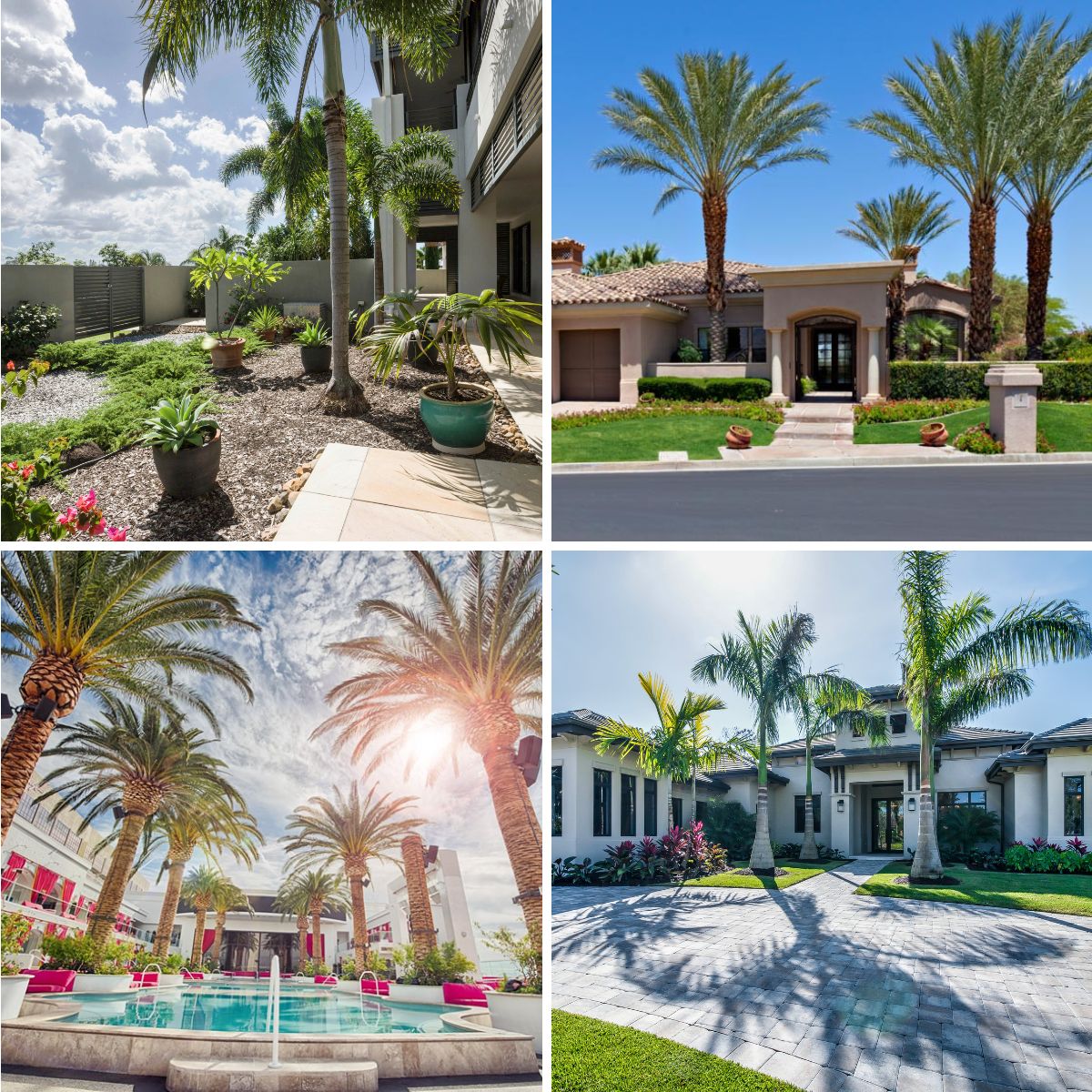
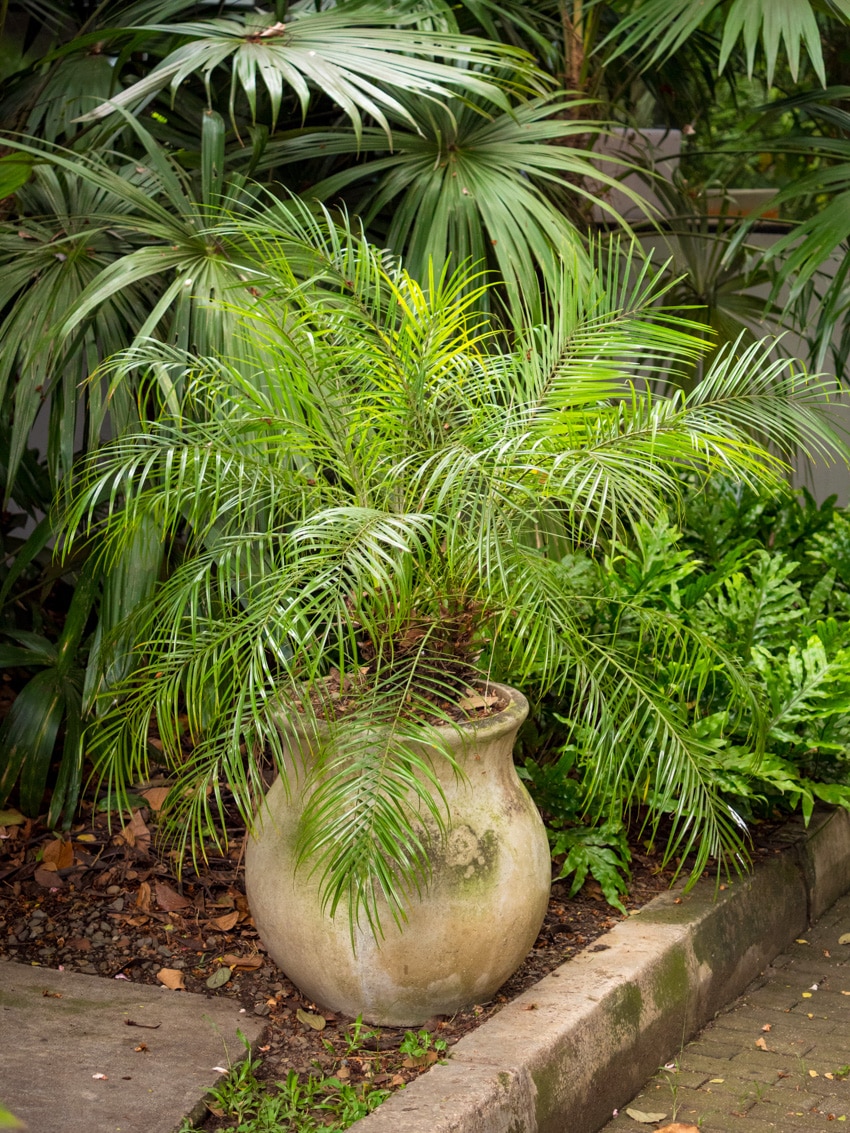
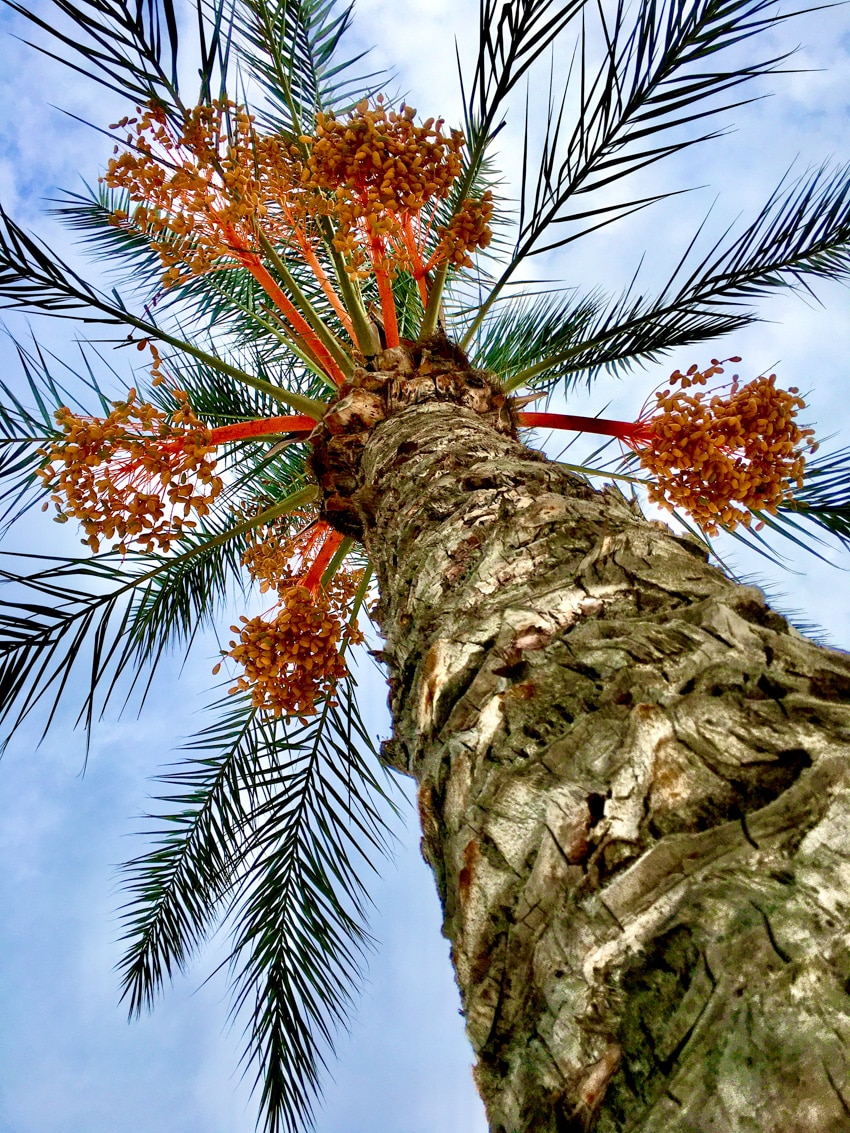
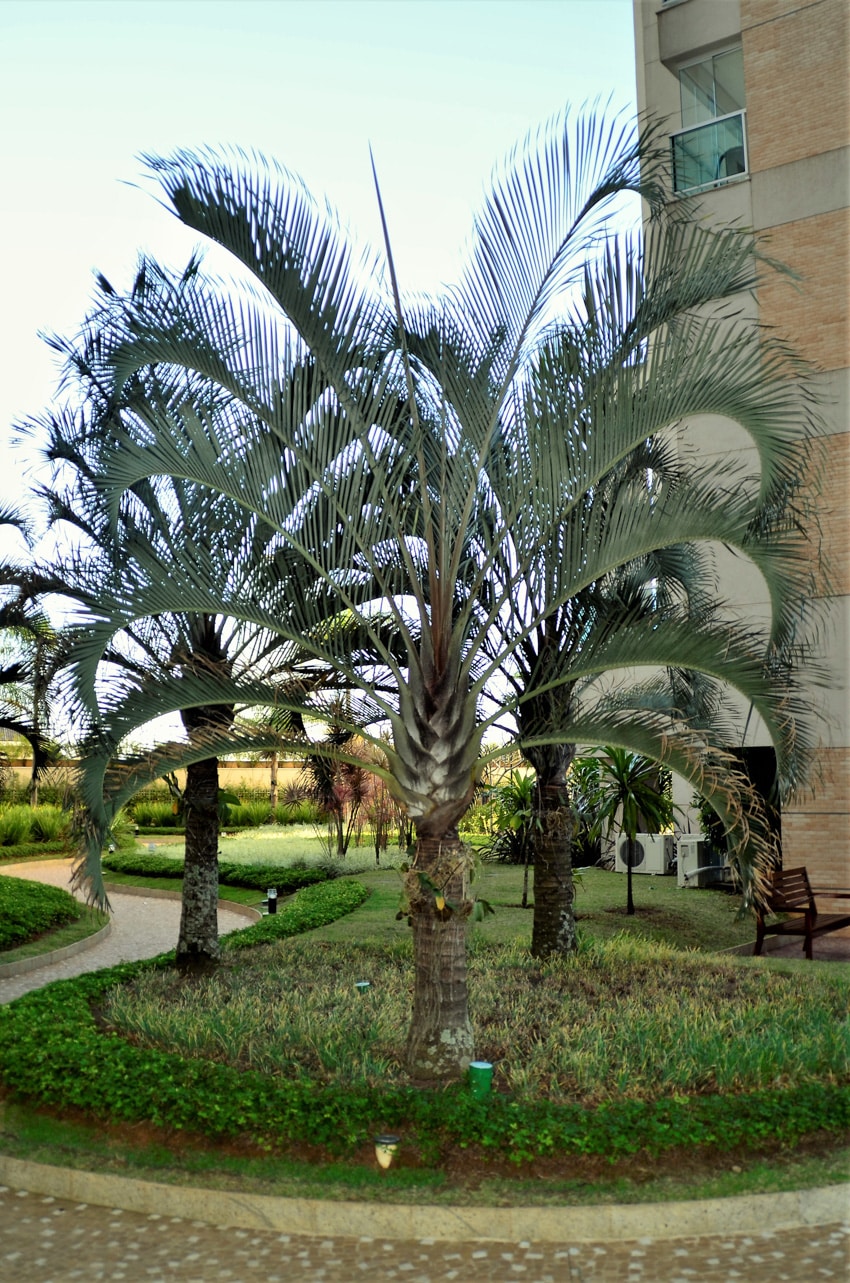
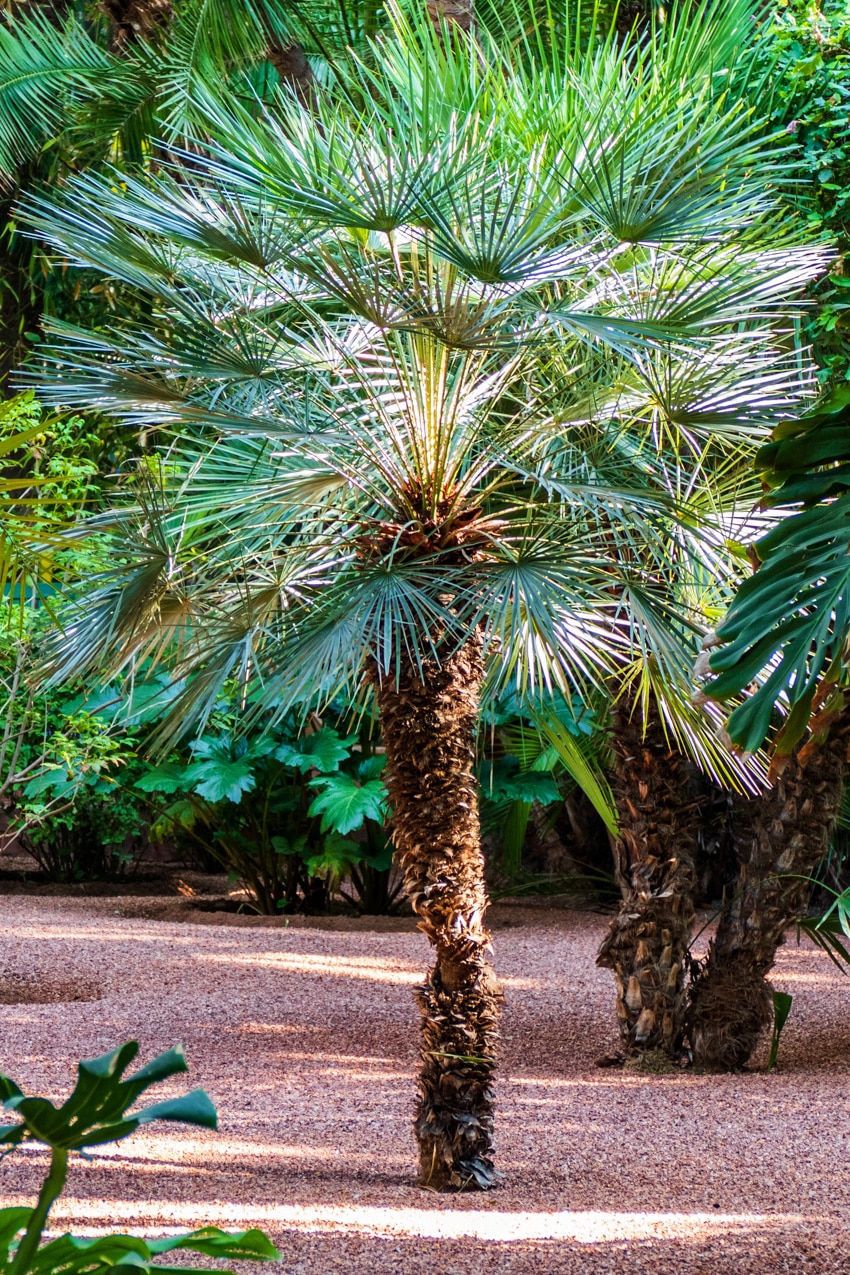
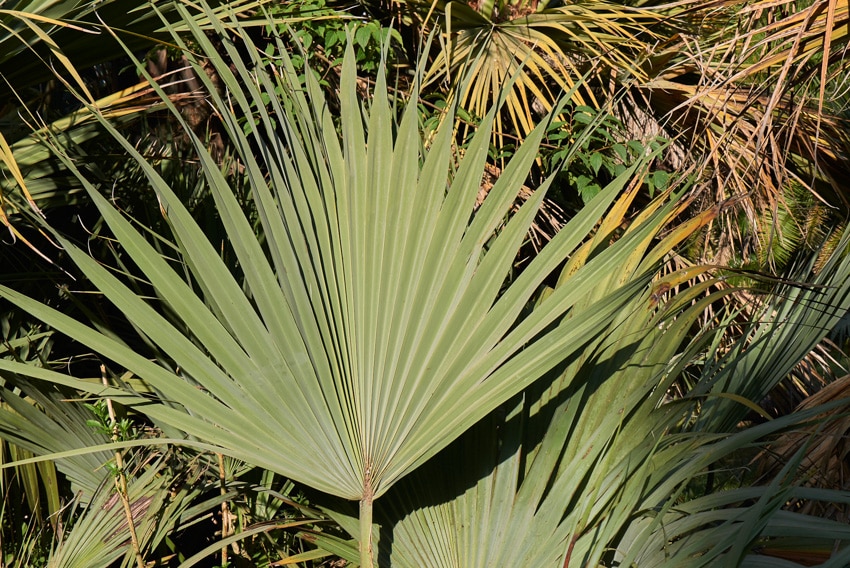
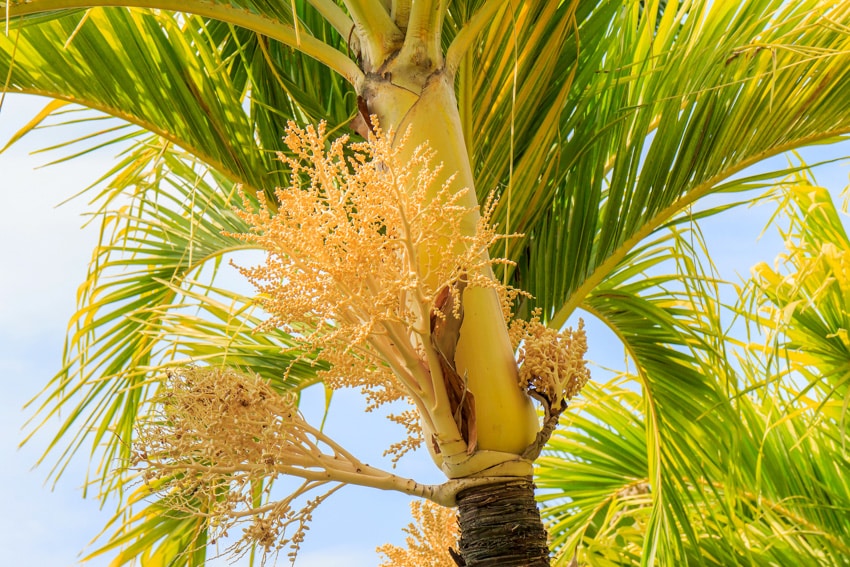
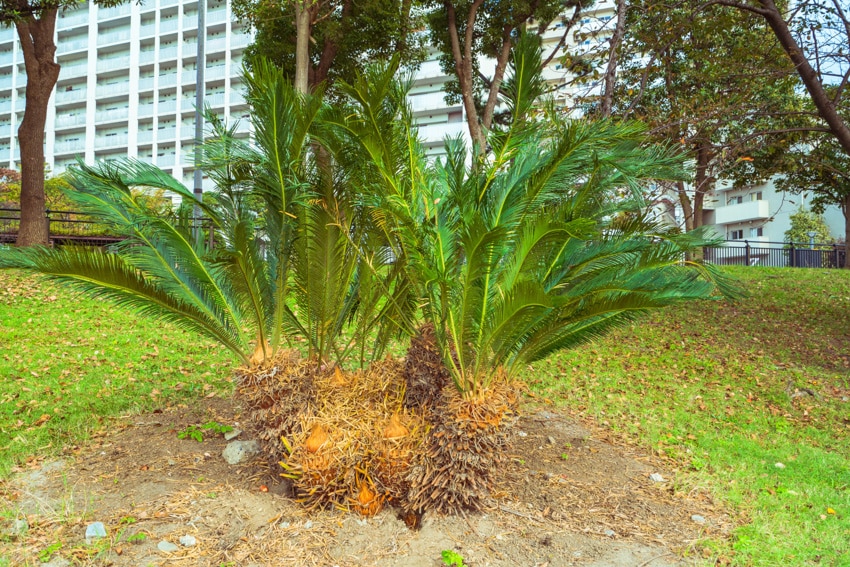
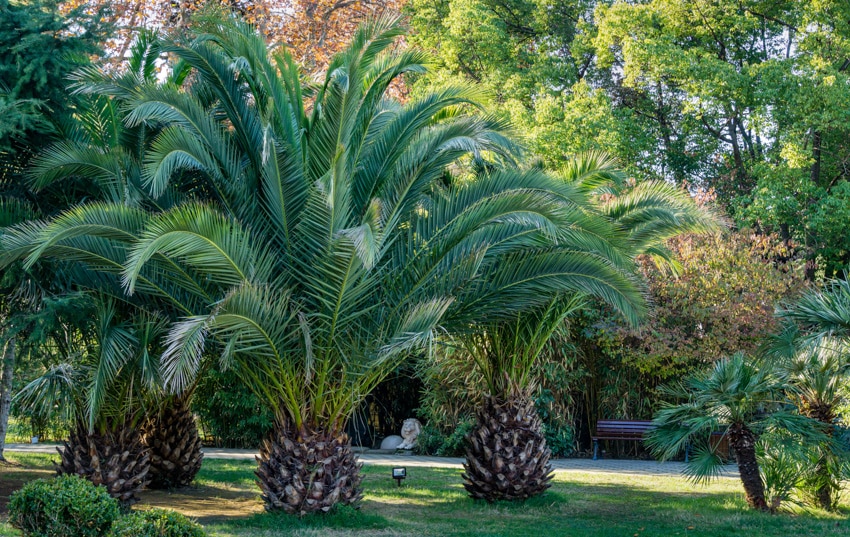
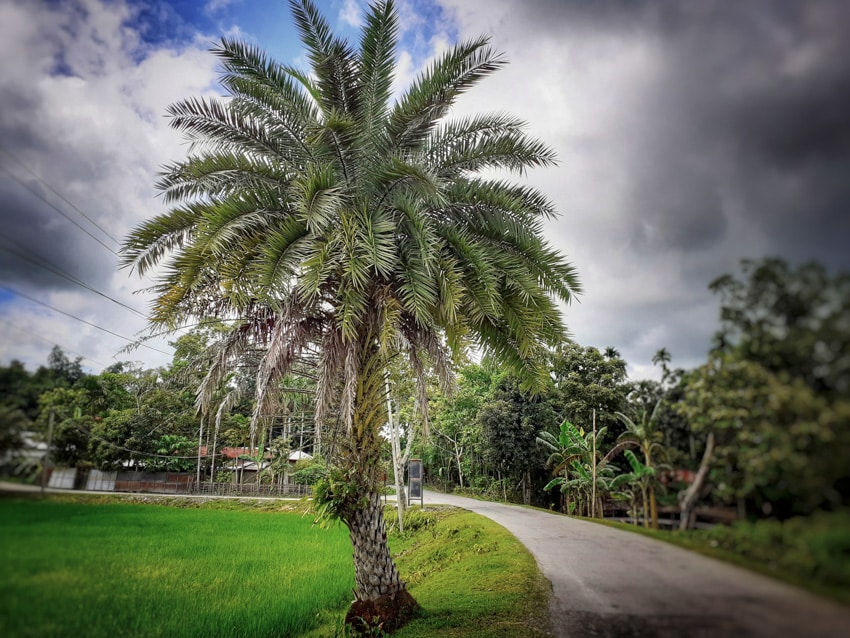
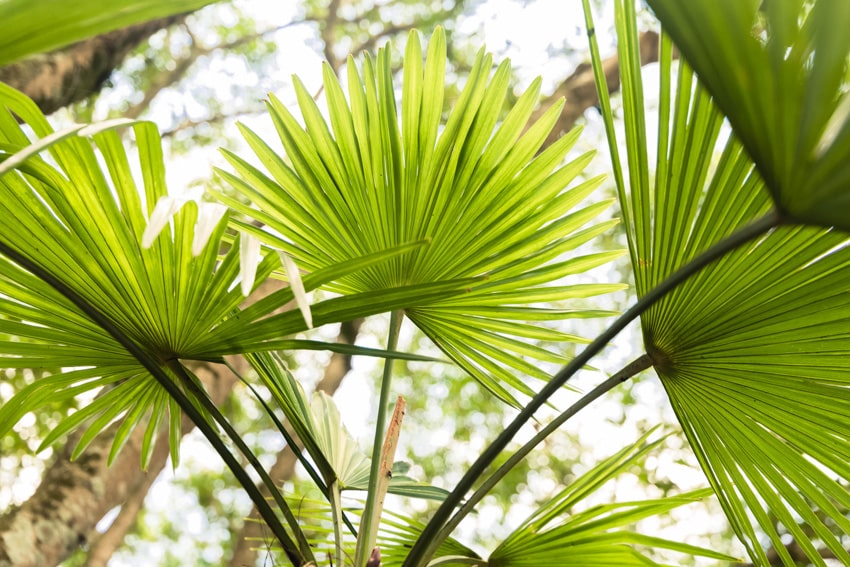
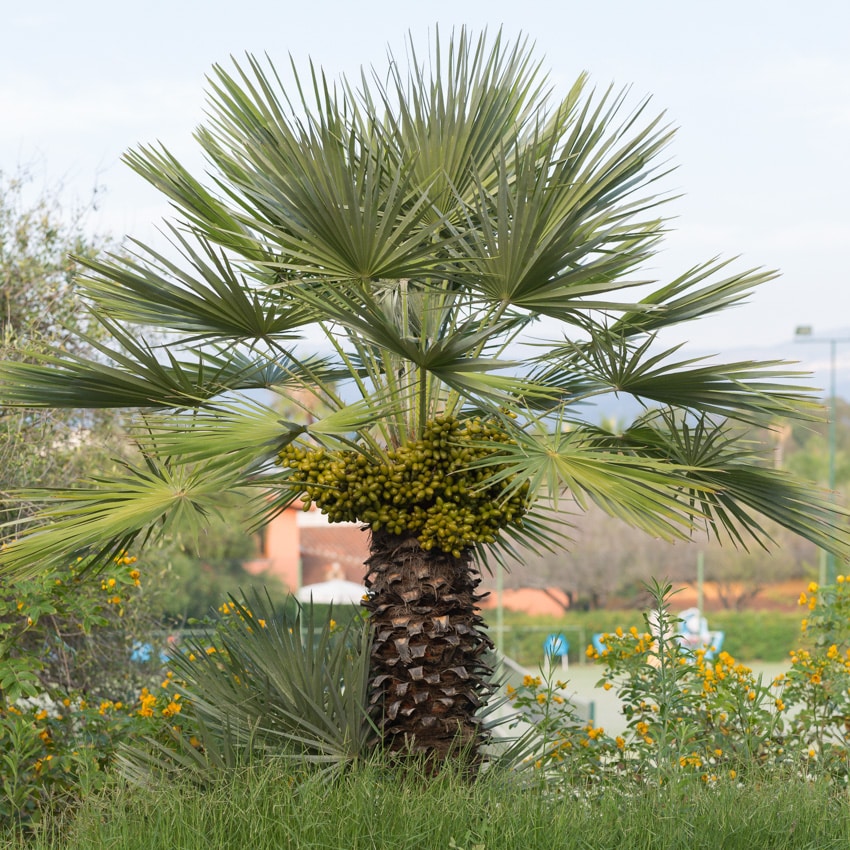

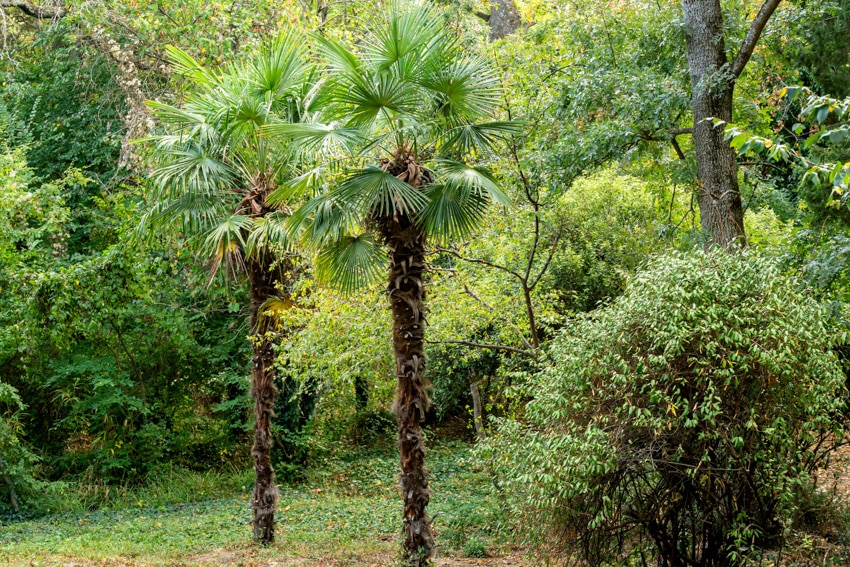
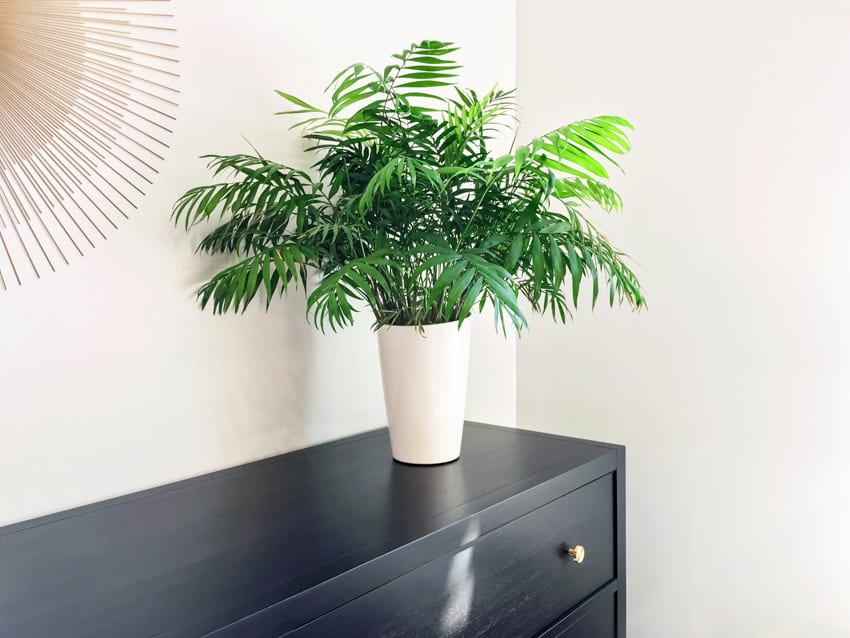

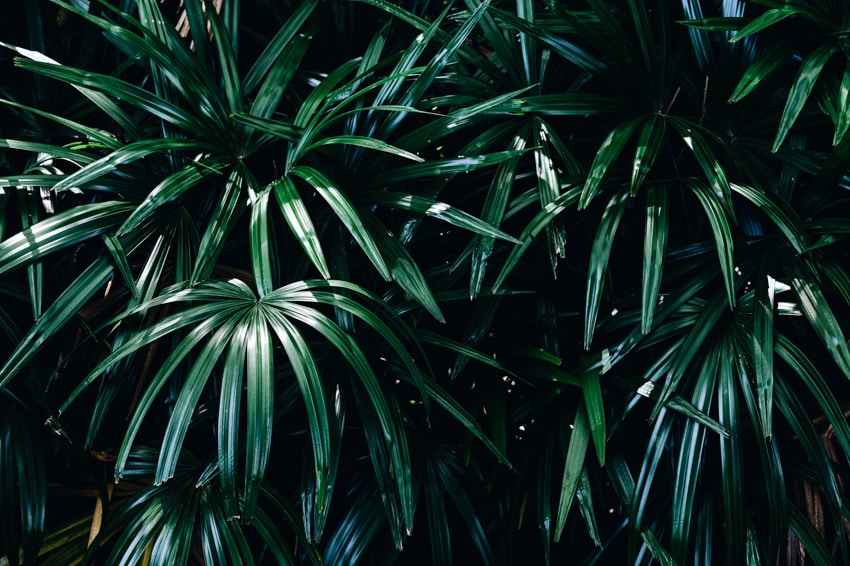
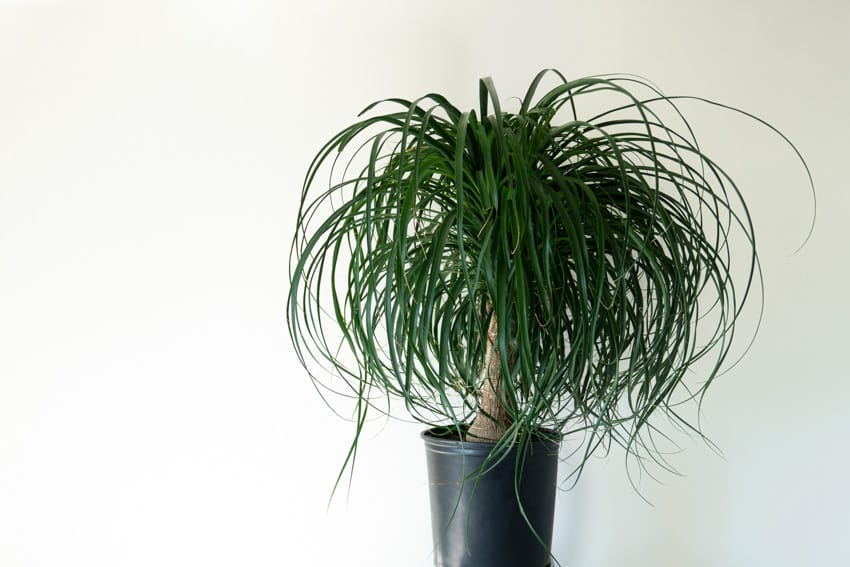
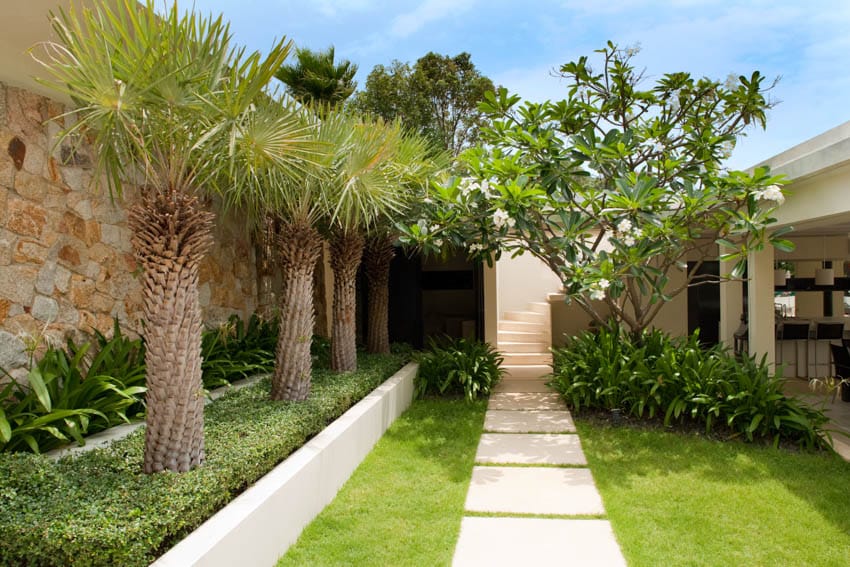
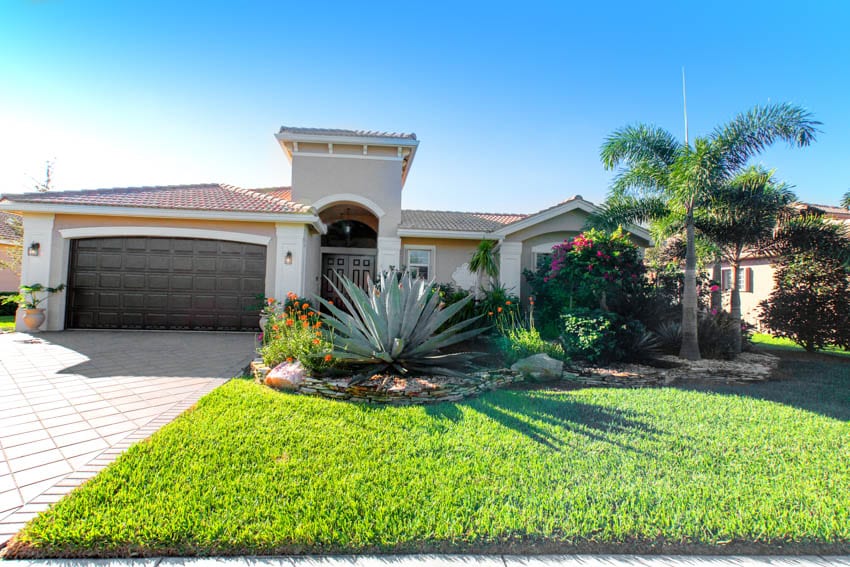
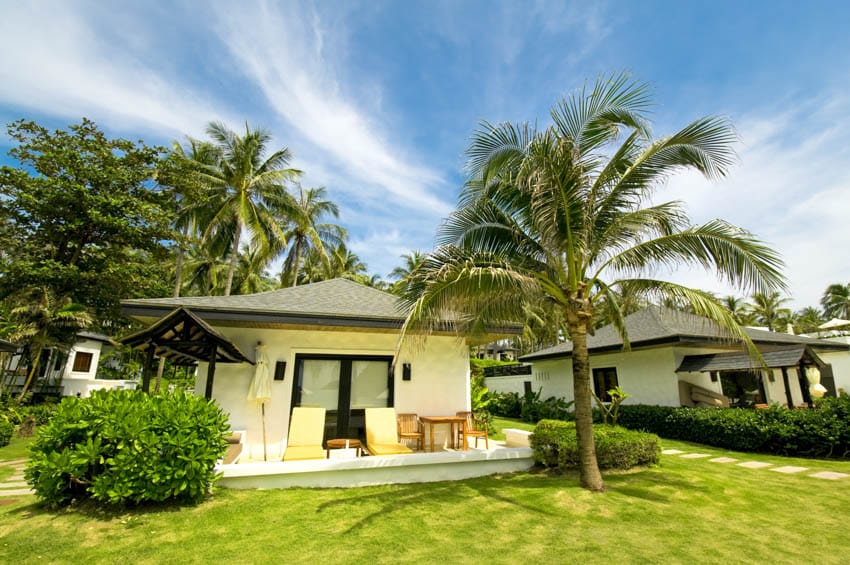
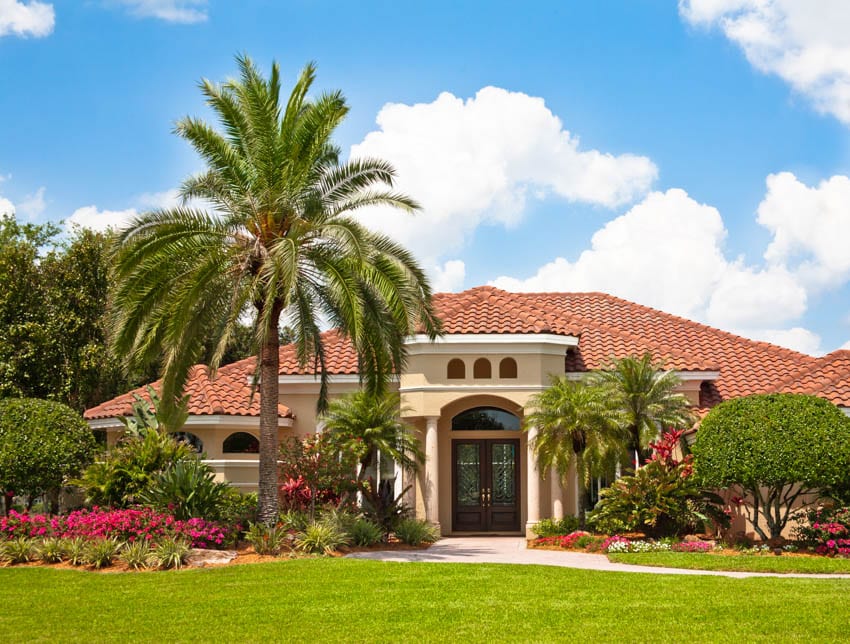
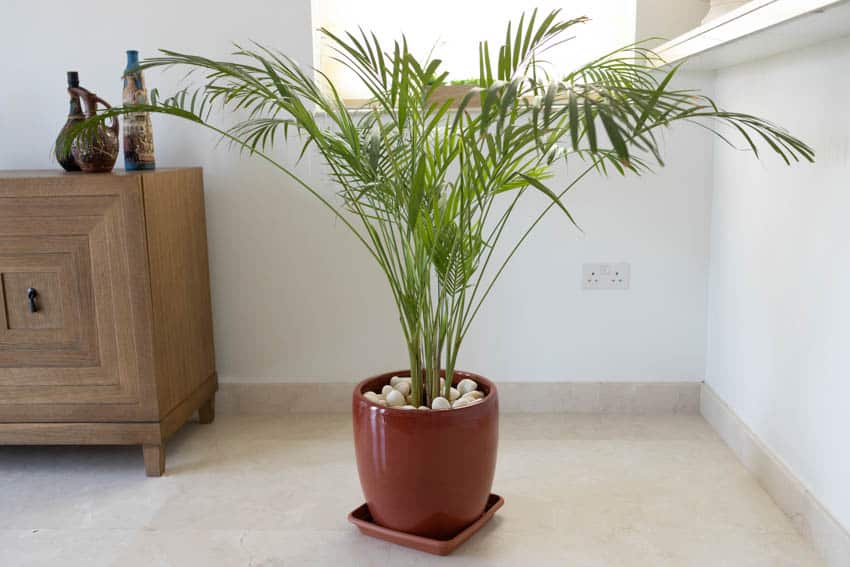
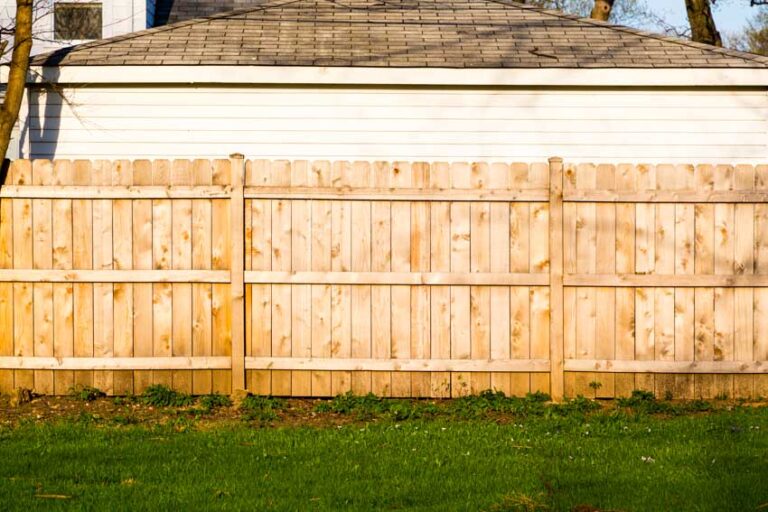

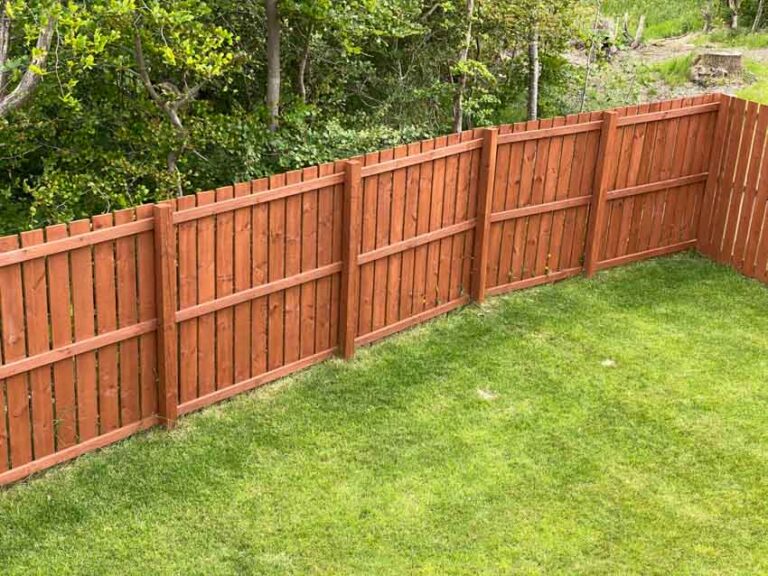
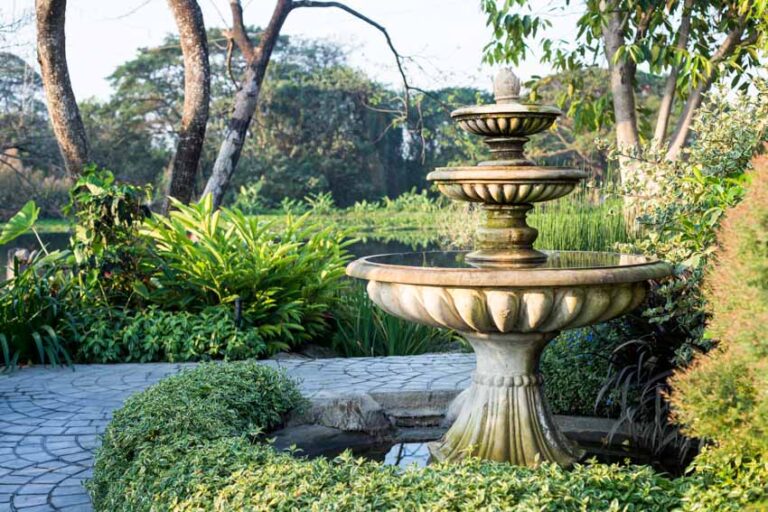
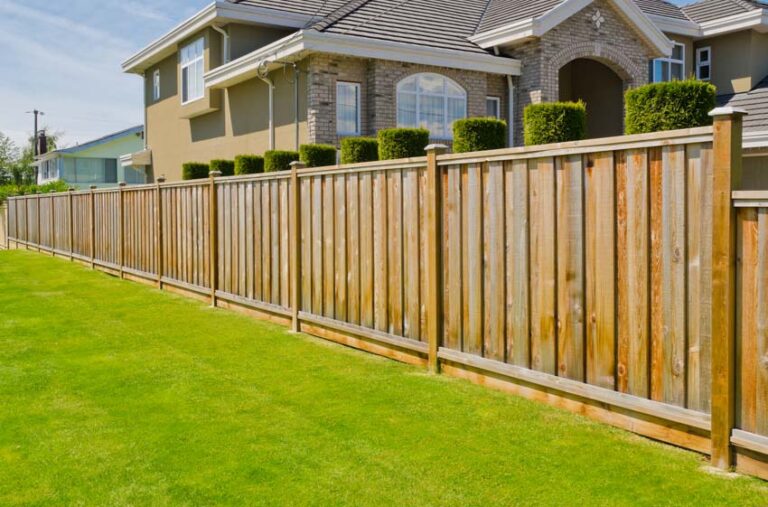
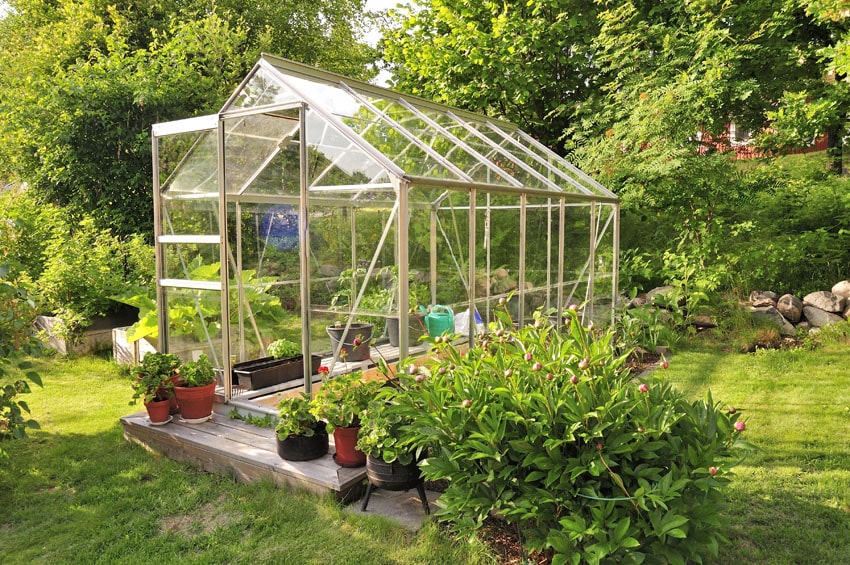
Thank you for mentioning that vinyl fencing is very durable. I’d like to get a fence for my backyard that will last for a long time, so I’m considering having a vinyl one installed next month. I’m going to look for a reputable provider of vinyl fencing services in my area to hire.